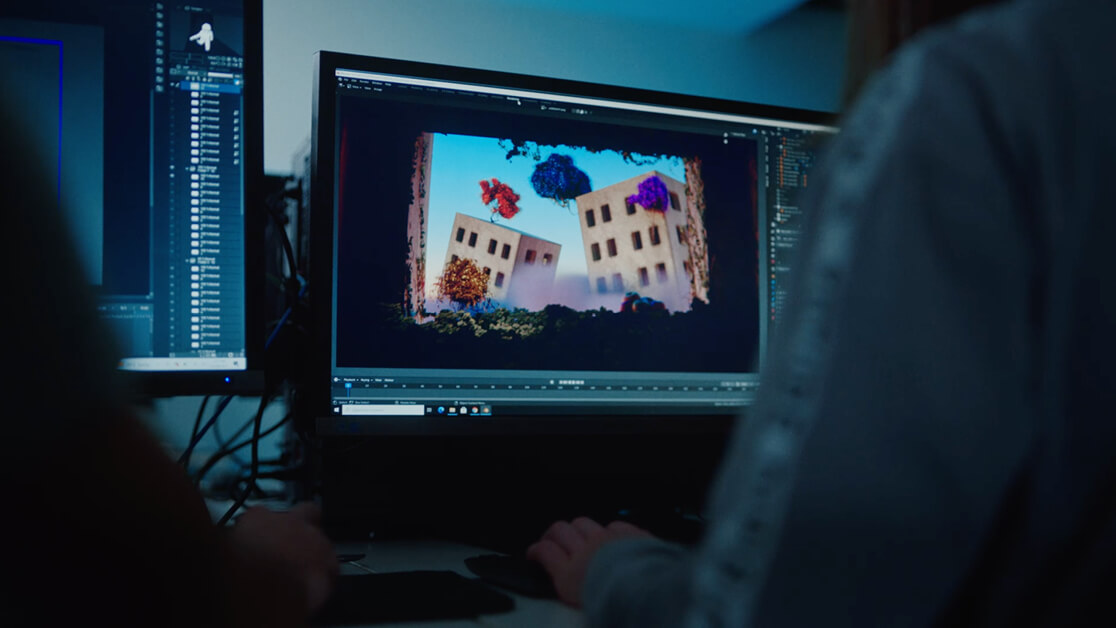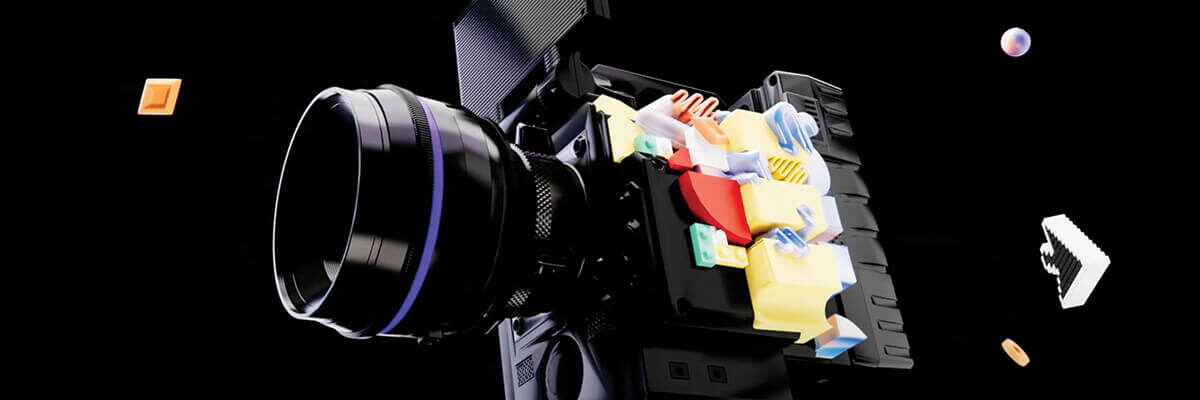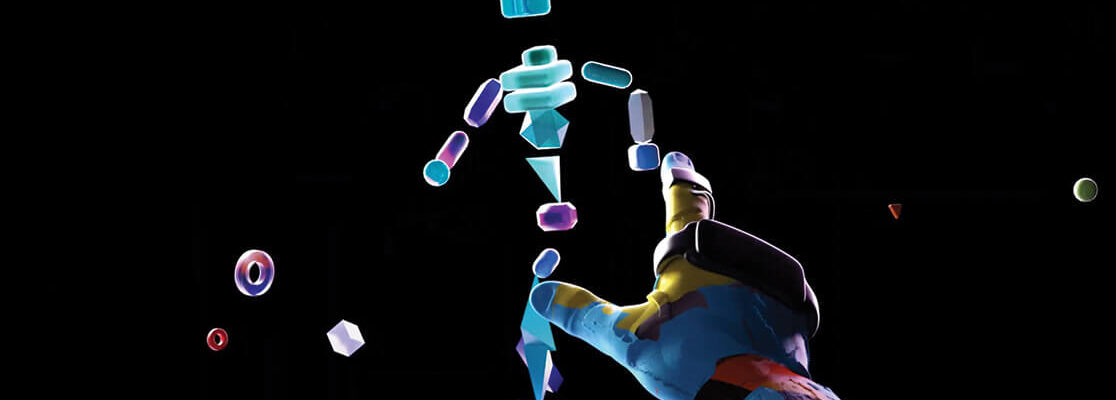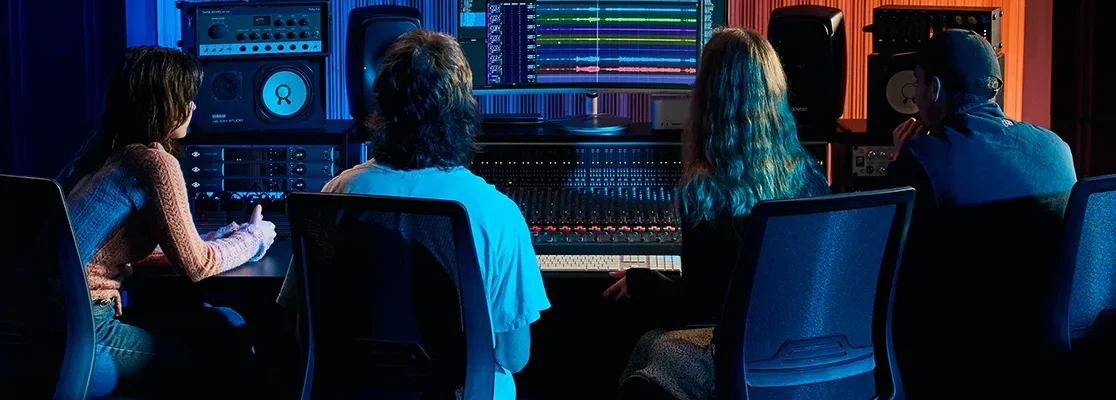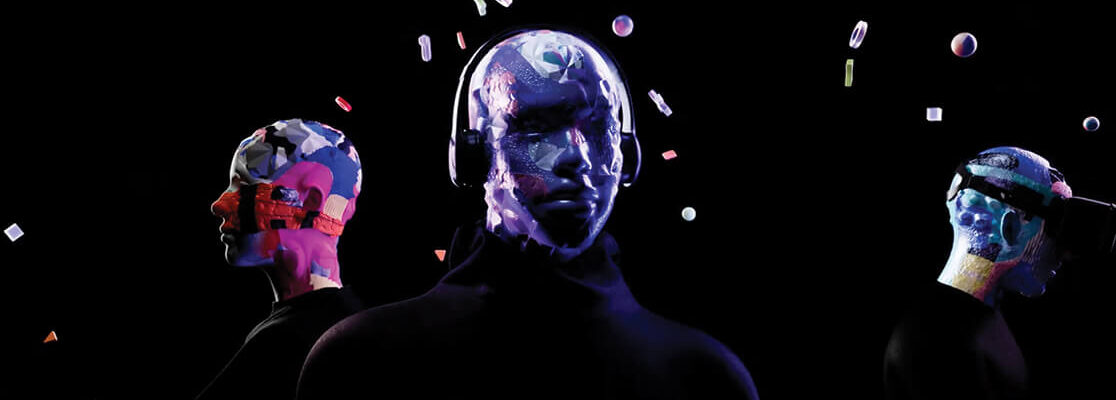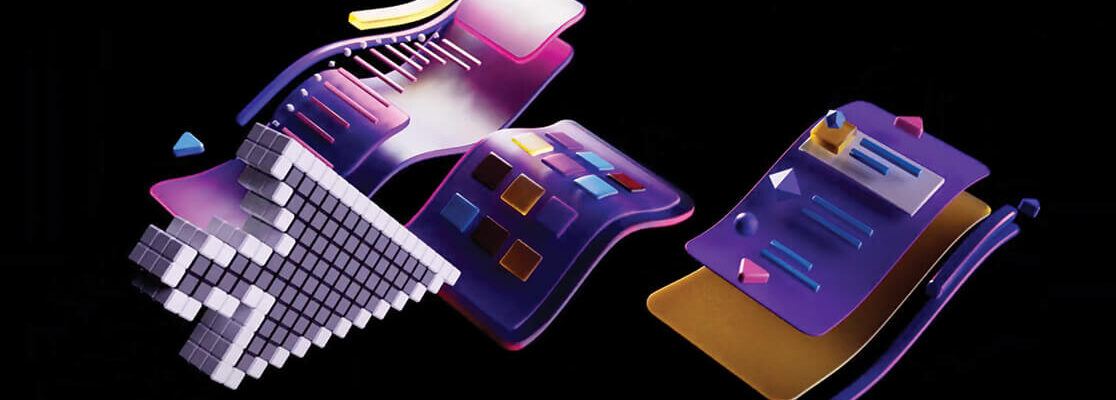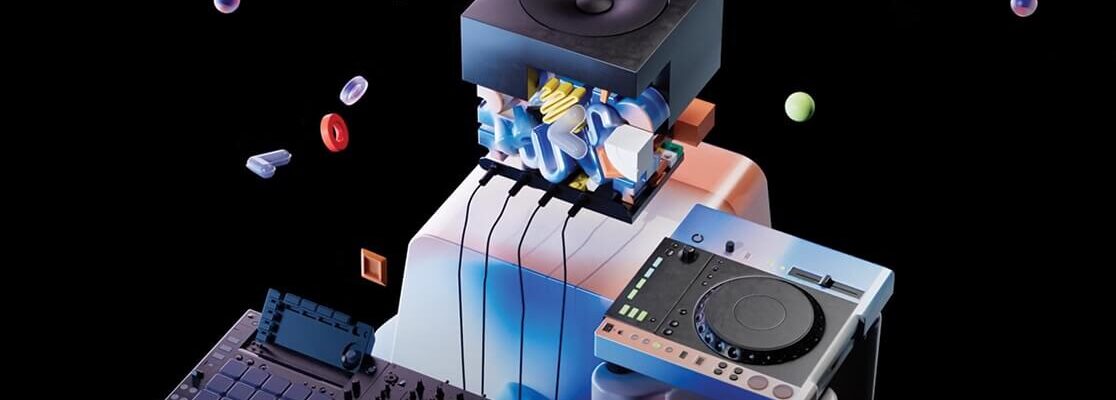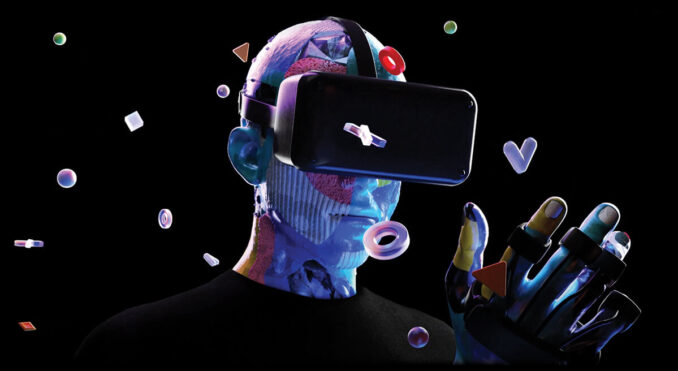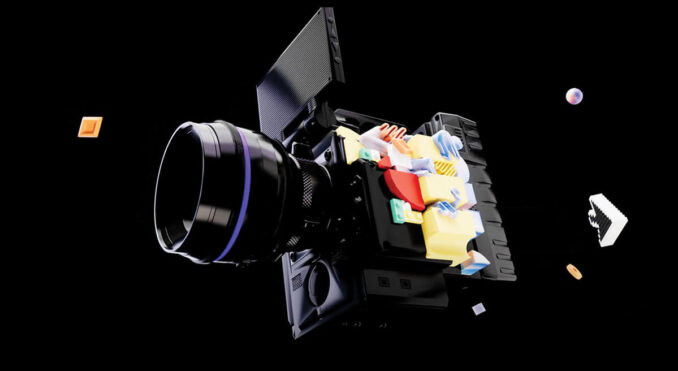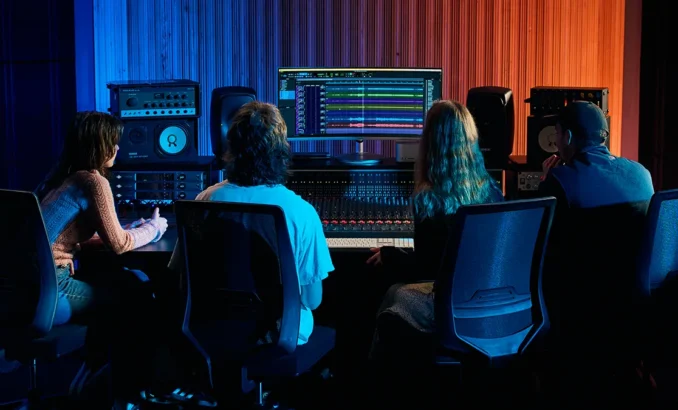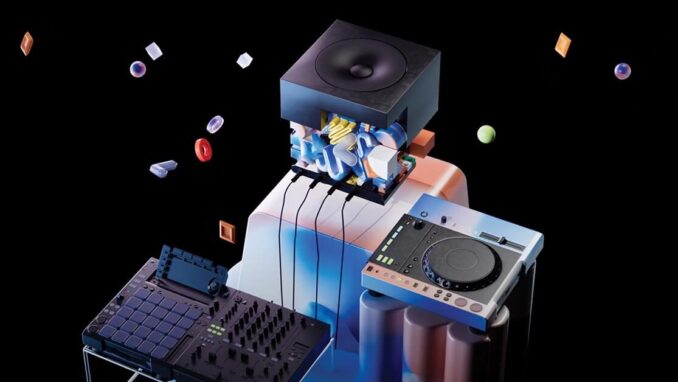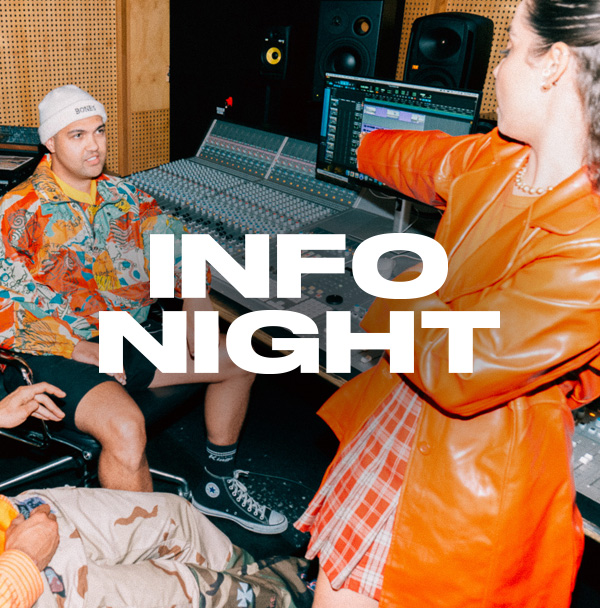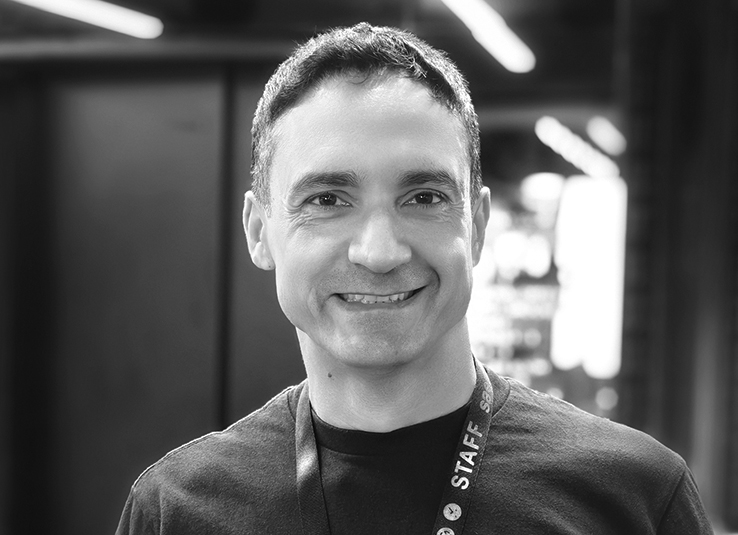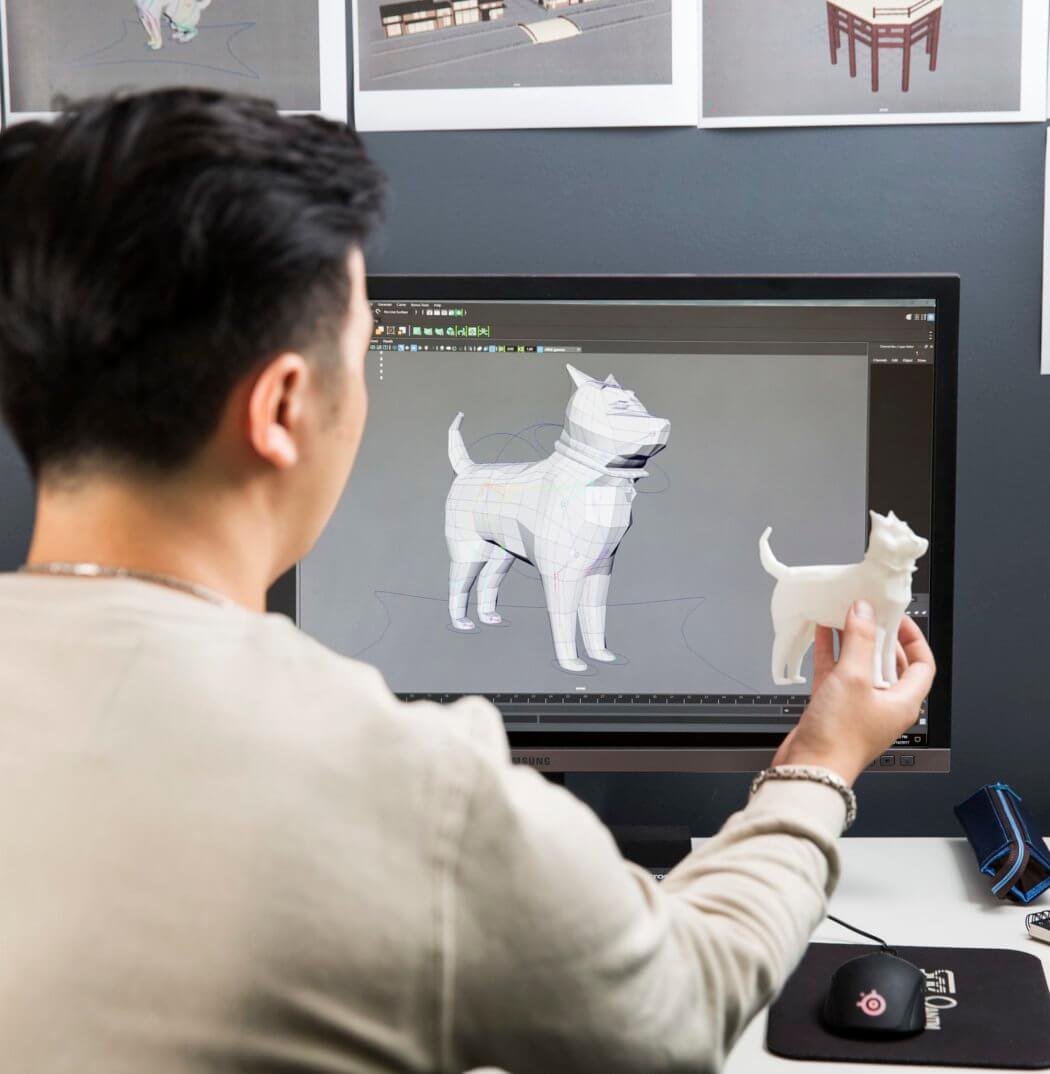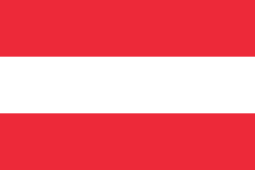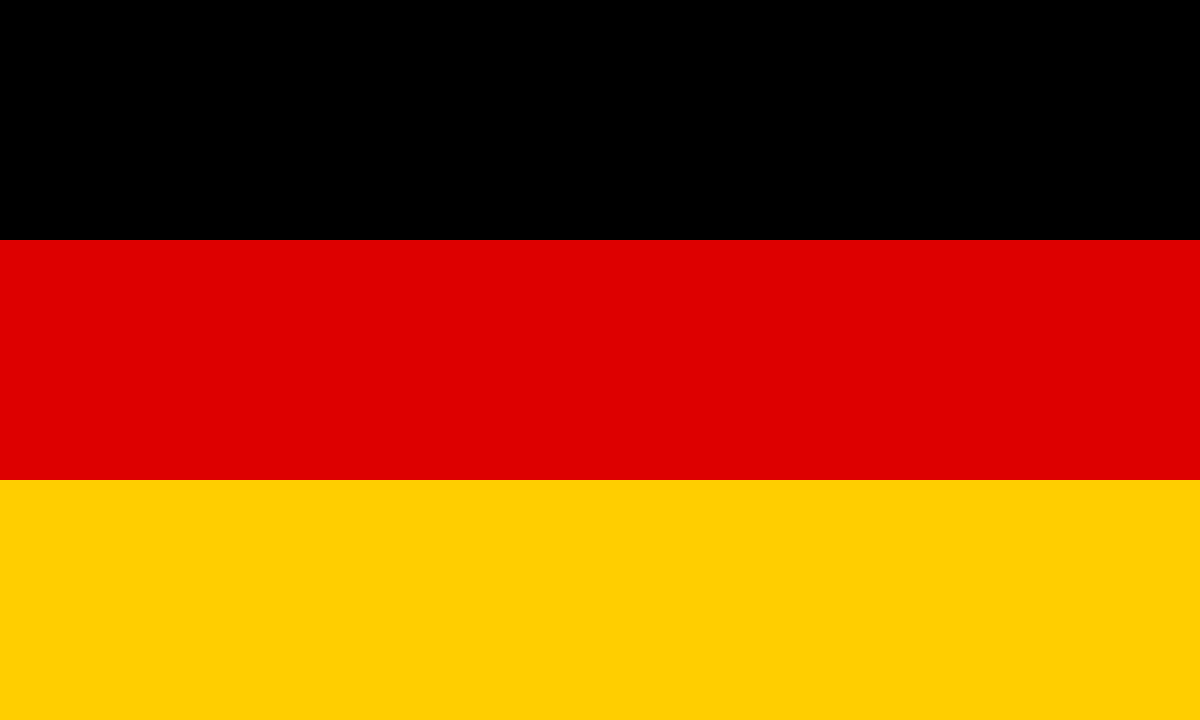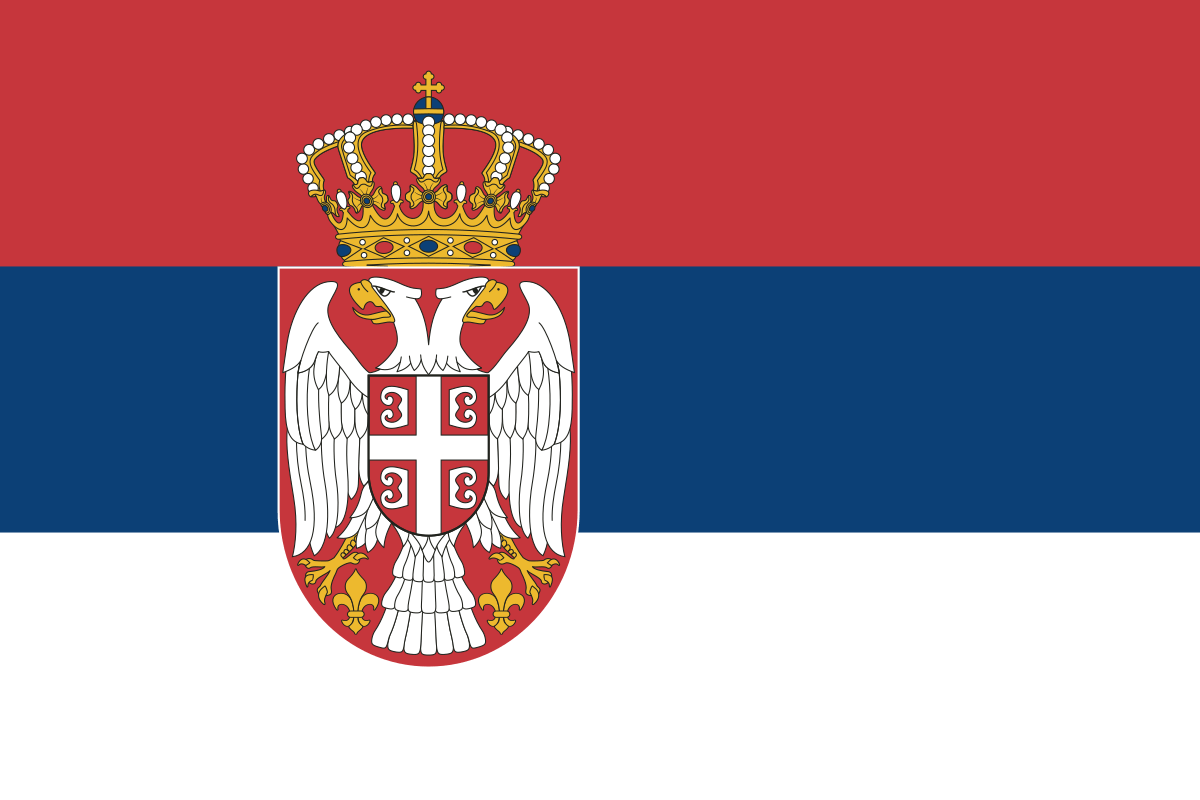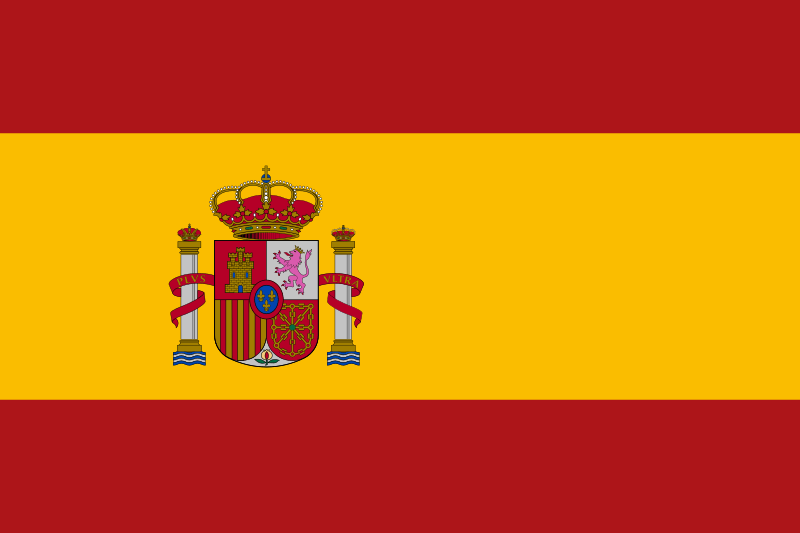Associate Degree of Animation
BRING THE WORLD OF YOUR IMAGINATION TO LIFE.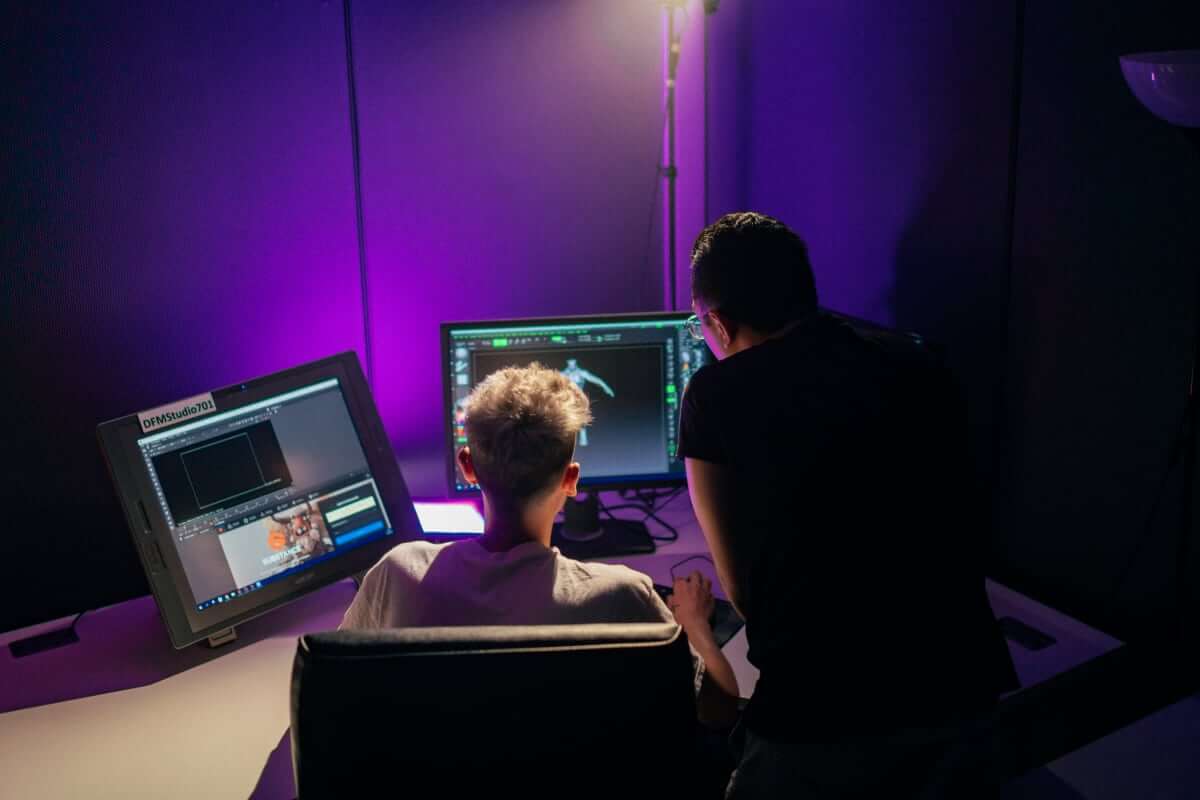
On-Campus
Ideal for students who thrive in a face-to-face environment with access to studios, peers, and in-person support.
- Includes 2 hours of weekly on-campus classes plus 1 hour of national content (online or asynchronous).
- Classes run Monday to Friday, morning, afternoon, and evening, with access to digital resources and support.
- Perfect for hands-on learning, collaboration, and real-time feedback.
Blended Delivery
Designed for those who want the best of both worlds, structured face-to-face learning with online flexibility.
- Combines 2 hours of live (on-campus or online) classes with 1 hour of national content each week.
- Balances in-person connection with the convenience of remote access.
- Supported by SAE’s online learning tools and self-directed study resources.
National Expertise
No matter how you study, you’ll learn from SAE’s national team of expert, industry-aligned faculty.
- Access top educators and specialists across Australia, wherever they’re based.
- Benefit from national masterclasses, guest lectures, and collaborative learning.
- Tap into deep industry knowledge that goes beyond your local campus.
Units x Costs ($AUD)
14 x $2,999
1 x $5,998
Annual Course Fee (Indicative)*
(based on 1.0 EFTSL**)
$23,992 AUD
Plus Student Services and Amenities Fee (SSAF)
* The Annual Course Fee (Indicative) is charged against individual units of study which may increase from time to time and does not take into account personal circumstances such as RPL, credit, repeats and some specialised electives.
** EFTSL (Equivalent Full-Time Student Load) is a measure of a full-time student’s study load for a year. A full-time study load equates to 1.0 EFTSL. Typically, a full-time study load at SAE is 8 units of study over the year, each with an EFTSL value of 0.125.
For more information view the SAE Fee Schedule or visit the Fees & Payment page.
Units x Costs ($AUD)
14 x $3,495
1 x $6,990
Annual Course Fee (Indicative)*
(based on 1.0 EFTSL**)
$27,960 AUD
Plus Student Services and Amenities Fee (SSAF)
* The Annual Course Fee (Indicative) is charged against individual units of study which may increase from time to time and does not take into account personal circumstances such as RPL, credit, repeats and some specialised electives.
** EFTSL (Equivalent Full-Time Student Load) is a measure of a full-time student’s study load for a year. A full-time study load equates to 1.0 EFTSL. Typically, a full-time study load at SAE is 8 units of study over the year, each with an EFTSL value of 0.125.
For more information view the SAE Fee Schedule or visit the Fees & Payment page.
Complete your course faster by studying units over 15 months (4 trimesters).
Complete your course faster by studying units over 15 months (4 trimesters).
Whilst still classified as a full-time study load, you will complete the units over two years (6 trimesters).
If you want to take a little longer, that’s ok too. We’ll help you work out the best study load to suit your needs.
Note: Part-time is not available for international students.
February 2026
May 2026
September 2026
February 2026
May 2026
September 2026
February 2026
May 2026
September 2026
February 2026
May 2026
September 2026
February 2026
May 2026
September 2026
Your creative career starts with SAE
Course Structure
The Associate Degree of Animation has two stages that provide foundational learning and applied skill.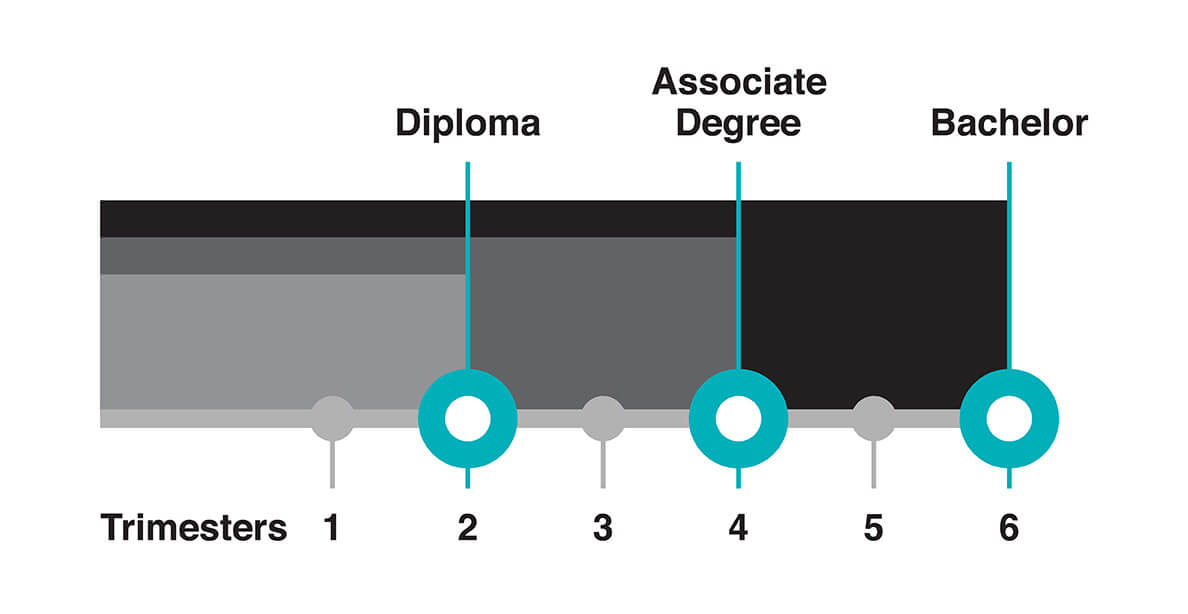
Develop your reflective, critical and analytical skills and abilities through an enhanced awareness and understanding of the purpose of tertiary education from a personal, societal and professional perspective. In class activities are used to prepare you with the skills and confidence to engage with a range of scholarly frameworks that you will encounter throughout your studies. You will explore the animation discipline through a team presentation, where you will develop group working, thinking and learning skills.
As a practice, drawing provides a core skill set for the expression of both concept and form. This unit introduces you to the concepts and methodologies of drawing using a variety of media with an emphasis on drawing from life, including anatomical studies and perspective techniques for environment and character construction.
The unit is an introduction to the general practice of drawing and rendering and specifically helps to scaffold further learning through support for developing sketch-based visual production skills & knowledge.
Take a practical first look at modeling, lighting, shading, animation, and rendering to gain a holistic, foundational understanding of computer graphics.
This unit will involve using industry-standard software such as Autodesk 3Ds Max, Maya, and Blender. The practical and theoretical knowledge of 3D production pipelines acquired in this unit will act as a foundation for successive animation units.
As the name suggests this unit provides you with an introduction to animation. You will apply the theoretical underpinnings of animation processes via a range of practical explorations and critical analyses. This will provide you with a solid understanding of animation principles and methods that will form the foundation of successive animation units.
This unit explores the concepts of entrepreneurship, innovation and project design. You will develop approaches to identify promising opportunities and actionable strategies to transform them into tangible successes. Through exposure to developing new ideas, processes and ways of working - both individually and in entrepreneurial teams - you will hone skills to put creative ideas into practice and achieve real-world impact.
As Alan Kay explained, "The best way to predict the future is to create it", so let's get at it!
In this unit, you will apply and build upon the foundational animation and computer graphics skills and knowledge that you have learned, to advance your skills via some in-depth, practical activities of 2D/3D character modeling and applied animation techniques.
By undertaking a series of iterative tasks, your static models will become talking moving characters and you will develop the skills and knowledge required to showcase them effectively.
This unit is designed to provide you with a comprehensive understanding of visual storytelling and composition principles and the practical skills to communicate intended narratives effectively through pre-production materials. You will learn to utilise industry-standard pre-production software tools to create previsualization sequences, enabling you to simulate camera movements, pacing, and shot composition. Through hands-on exercises and project work, you will develop the necessary expertise to produce high-quality previs and animatics, essential elements in modern filmmaking and animation pipelines.
You will be introduced to the theory and principles of storytelling across a range of contemporary creative media contexts, which will then be applied to the creation of storytelling documents appropriate to your discipline. Theoretical approaches to plot, structure, character, story world, theme and genre will be explored and applied to a range of story development tools to engage your audience. Feedback processes and reflection are essential in the development of engaging stories, and you are expected to document your process and feedback from your facilitator and peers.
In this unit, you will collaborate on interdisciplinary projects that blend creativity and technology across fields such as film, audio, music, gaming, design, and computer science. Through project-based learning, you'll explore how different disciplines contribute to innovative outcomes—like immersive installations or interactive experiences. The unit focuses on strengthening communication, problem-solving, and teamwork across creative and technical areas. You'll be challenged to apply your existing skills while embracing new perspectives and ways of working, developing a holistic understanding of contemporary media production and preparing you to deliver complex, boundary-pushing creative solutions.
In this studio unit, your facilitator will lead you through a series of project briefs. You will work in collaboration with your peers to develop several project milestones within a simulated studio environment. Your Facilitator will act as your project manager, executive producer, mentor and colleague. The emphasis in this module is on the further development of your fundamental animation production skills including conceptualising, planning and executing rapid animation productions and short films. Working to a clear timeline, you will explore a range of skills and workflows in collaborative, cross-discipline and individual work practices. This includes a focus on the creative, technical and project management aspects required to complete animation productions. Teamwork, collaborative skills and engagement with specific feedback processes are emphasised in this module, as you further refine and reflect on the related Transferable Skills for this module.
Creatives have always contributed to real-world problem solving, whether through innovative inventions, creative calls for action, public awareness building, or art and science collaborations. In this unit you will use your interdisciplinary collaboration skills to address a real-world problem. Using different theoretical frameworks within a ‘hackathon’ style studio environment you will produce a prototype that can be presented within SAE, as well as to external stakeholders.
ANI217 Cinematic Animation explores advanced character animation techniques for linear narratives. The focus is on bringing characters to life and clearly communicating a story through body language, dialogue animation, facial expression and shot composition. By combining acting theory with animation principles, students develop the skills necessary to create compelling and expressive character performances, enhancing their ability to breathe life into animated narratives with authenticity and depth. Students will apply their previously acquired knowledge alongside newly acquired skills to create a completed cinematic animation production, solidifying their proficiency in the art of cinematic storytelling through animation.
ANI218 Game Animation focuses on the creation and integration of both 2D and 3D animation for games and other interactive applications. Covering topics such as player locomotion, responsive gameplay animation, animation cycles and technical animation, students gain practical skills essential for crafting immersive gaming experiences. Through hands-on projects and theoretical exploration, students develop proficiency in animating characters to enhance player engagement and gameplay dynamics, preparing them for success in the field of game animation.
This unit will introduce you to modern 2D animation workflows relating to cut-out style characters using rigs. Within the industry, these methods for animating characters are typically used in adverts or TV serials. You will research and develop your own character rigs, before putting them into a scenario or series of exercises to demonstrate your understanding of key rigging concepts and practices.
You will learn about the practice of visual storytelling. Your goal as a concept artist is to express an idea with clarity and detail enough to engage the audience to want to know more about the world depicted. As much as concept art is about imagination and creation, it is also a discipline focusing on iteration and efficiency. In this unit, you will gain a fundamental understanding of the production and implementation of concept art into the pipeline of many different productions. You will learn about illustration and the creative and technical production of digital images. Working by hand and digitally you will explore a range of drawing techniques and tools including processes of iteration and refinement
Technical Animation and Rigging is a practical course designed to develop or extend skills in rigging and animation. You will encounter a range of concepts and strategies related to the production of functional and user-friendly rigs, utilizing different approaches to develop projects in response to various scenarios. Through short exercises and guided instruction, you will gain an introductory understanding of rigging and animation concepts, focusing on problem-solving and adapting to specific animation needs.
Welcome to Real-Time VFX where students will enhance and build more advanced skills in VFX using real-time engines and complimentary software. You will require prerequisite knowledge of lighting, shading, texture mapping and be proficient in using real-time engines such as Unreal Engine.
You will acquire skills and knowledge in real-time VFX using industry standard software such as Unreal Engine, including embedded tools like Niagara, and Houdini. You will explore a range of methods and techniques which are underpinned by theory that includes node-based logic, particle systems, simulations, scripts in addition to advanced textures and shaders. The potential uses for real-time VFX cover a wide range of possibilities in games, animation, film, previsualisation, virtual production and many other possibilities in training, health and science.
GAD178 will introduce you to 2D Development and is designed to equip you with foundational knowledge and skills necessary for creating 2D games. The course is structured to guide students through the process of planning and developing 2D game assets, laying the groundwork for the creation of a fully realised 2D game concept.
By the end of this unit you will have created the necessary 2D assets required to convey the mood and tone of your own game. With these assets, you will have several fully realised scenes, built in a game engine that depict your vision and demonstrate your understanding of the 2D asset production pipeline.
In this unit, we will start by discussing the principles of physics and mathematics that drive simulations, such as fluid dynamics, rigid body dynamics, and particle systems. You will learn how to use software such as Houdini, Maya, and Nuke to create realistic simulations of gravity, wind, fire, smoke, water, cloth, crowds, particles, and other natural phenomena.
In addition to simulations, we will also cover dynamic effects such as explosions, debris, and rigid body destruction. You will learn how to use tools such as Ftrack, Shotgun, and RV to manage and review your work.
Throughout the course, you will work on a series of practical projects that will give you hands-on experience in creating realistic simulations and dynamic effects. These projects will also give you an opportunity to showcase your skills to potential employers.
This unit will build upon prior learning in VFX and compositing in addition to elements post-production techniques for VFX compositing. This unit will explore the theories and practices of VFX compositing and post-production techniques through practical application and theory. Students will gain a deeper understanding of the theories and principles of VFX in order to apply them in pragmatic ways. The skills and knowledge developed in this unit can be applied to many aspects of rendered and real-time applications. Students will additionally develop the considerations for capturing film footage and VFX renders for compositing.
This unit will cover a range of topics related to the acquisition and manipulation of images for use in film and visual effects, including colour management, image and asset acquisition, on-set and editorial theory, and the theory behind rendered and generated images, which are typically created using computer-generated imagery (CGI) software. Additionally, we will explore the technical aspects of project setup in Nuke, a powerful compositing software widely used in the industry.
Other topics that will be covered include matchmove, mattes and masks, common compositing tasks in Nuke, and project management. By the end of this class, students will have a solid understanding of the technical and theoretical aspects of image acquisition and compositing, as well as the skills needed to work with images in a professional setting.
Learn using Industry Tools & Software









ASSOCIATE DEGREE OF ANIMATION
Animation is pure imagination. Few industries allow you to mix art and technology to create what has never been seen before. Animation is also a profession where technical expertise and application are as important as raw talent, and this is where SAE comes in.
Our associate degree is all about building your character and credentials by giving you hands-on experience in a broad range of topics related to the Animation and Computer Graphics industries, such as:
- Character Animation (2D/3D)
- Visual Storytelling
- 3D Modelling & Computer Graphics
- Applying Focus To An Industry Specialisation Role (e.g. Animator, Illustrator, 3D Artist, VFX Artist, Rigger, 3D Character Artist)
As a student of Animation at SAE, we offer small focussed classes and mentoring opportunities you may not find in a larger university. Develop and apply advanced techniques and strategies to use industry software like Autodesk Maya, Autodesk 3ds Max, ToonBoom Harmony, Substance Painter, Unreal Engine 5, SideFX Houdini, Foundry Suite, Pixologic ZBrush and Adobe Creative Suite – to help bring your ideas to life.
Your growth and development as a creative practitioner will be assessed through the completion of industry-based projects. This will help you build a body of work and a portfolio to share with potential employers or first clients.
In preparation for an industry that commands agility and adaptability, you’ll cut your creative teeth on projects in partnership with your course peers. As your skills develop and you work on more dynamic projects, you’ll apply your capabilities to cross-discipline projects. By the end of your course, you could be collaborating with fellow students across all SAE disciplines.
With an Associate Degree of Animation, you’ll be ready for cutting-edge industry roles using modern creative production concepts and strategies. Career options include 3D Asset Modeller, Junior Assembly & Layout Artist, Junior Rigging TD, or Surfacing Artist.
Ultimately, a qualification from SAE in Animation will expand your career. As part of your course, you will be provided practical experience and work with others to help build your network. We’ll also equip you with employability skills, giving you professional strategies in communication and self-promotion.
Activate your dream career in Animation and make it a reality with SAE.
SAE University College has announced a new partnership with globally renowned design and visual effects studio FIN, placing the opportunity for students to get real-world industry experience through extended work placements at the centre of SAE’s VFX and Virtual Production course offerings.
Meet your animation mentors
Career Outcomes
What jobs will this course lead me into?
- 3D Generalist
- Character Artist
- 2D and/or 3D Animator
- Media Industry Specialist
- Motion Graphics Designer
- Concept Artist
- Storyboard Artist
- 3D Asset Modeller
- 3D Character Modeller
- Junior Rigging TD
- Surfacing Artist
- Junior Lighting TD
- Production Coordinator
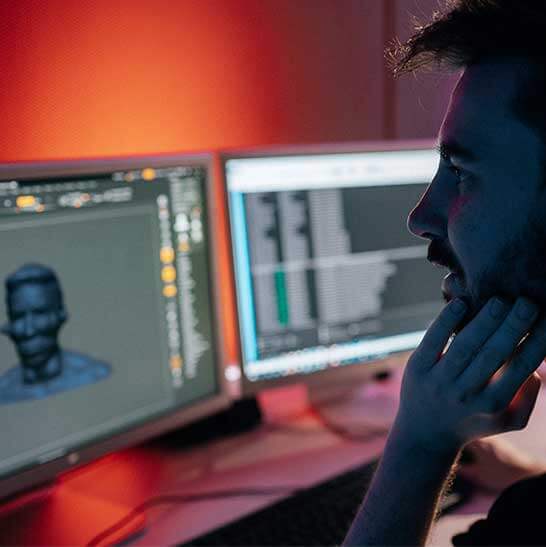
What our students say about SAE


Jacinta Rochecouste
SAE Alumni | Current Job: Broadcast/Motion Designer

Alex Halstead
SAE Alumni | Current Job: FX Technical Director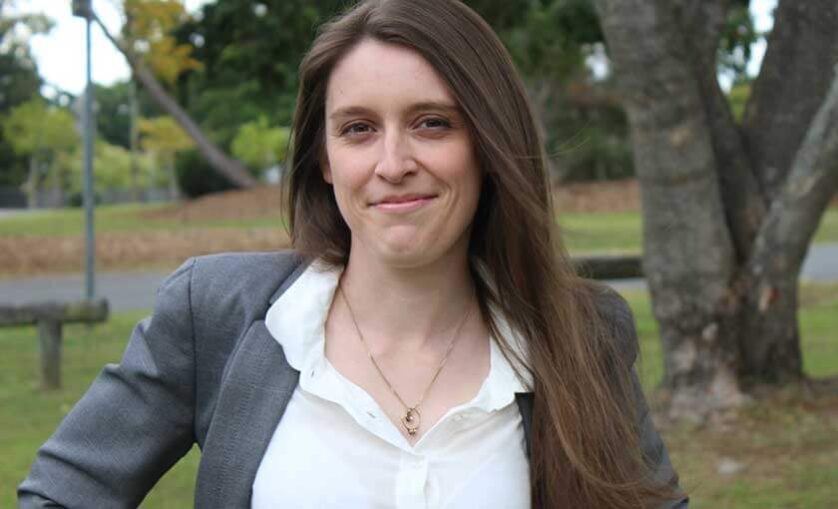
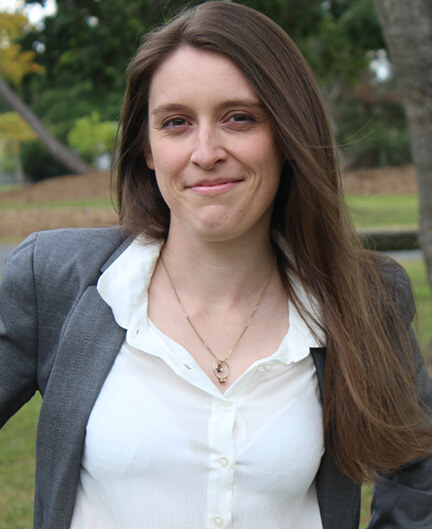
Maree Railton
SAE Alumni | Current Job: Animator (2D builder / Rigger)SAE Associate Degree of Animation offers:
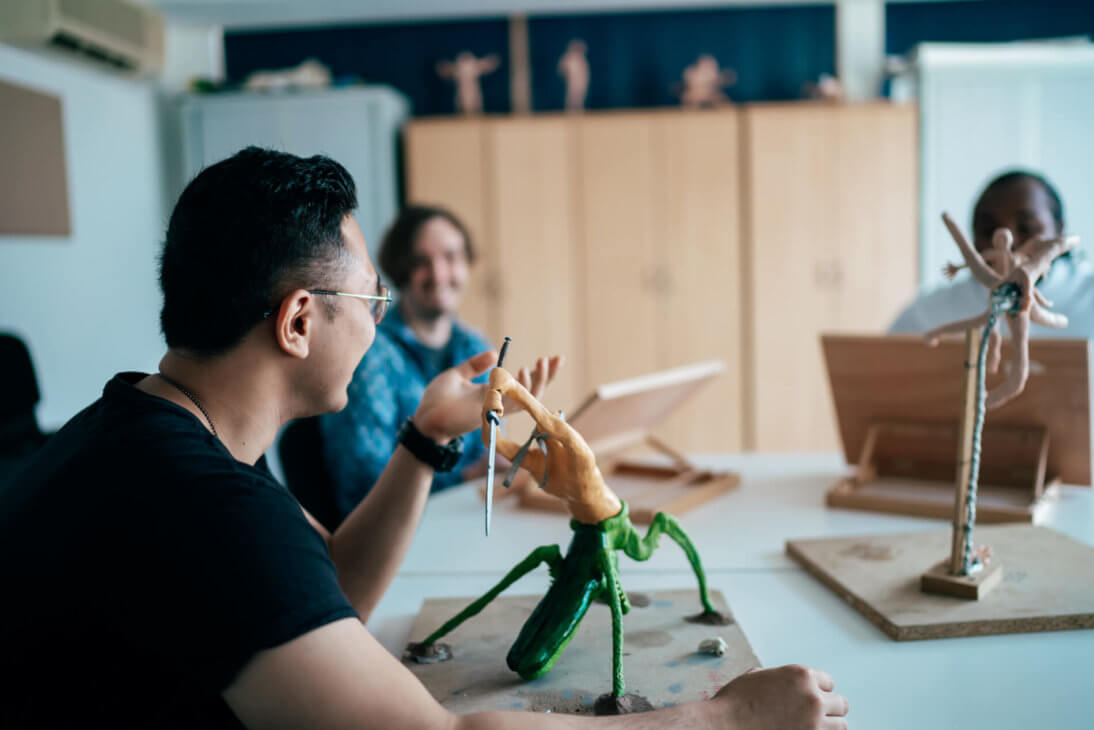
YOUR CAREER IN ANIMATION BEGINS NOW
YOU WILL LEARN:
For information on tuition fees visit the Fee Schedule section of the website.
Have a question and don’t know where to start?
Fill in the General Contact form and a representative will be in touch soon.
You will use a variety of industry standard and specialised software applications relevant to your study.
CREDIT AND RECOGNITION OF PRIOR LEARNING
SAE may recognise your prior learning and may grant credit towards satisfying the requirements for a higher-level program. This is applied where previous learning is considered equivalent to the content and learning outcomes prescribed for units within the program.
For full details, please refer to SAE’s policy on recognition of prior learning and credit transfers.
